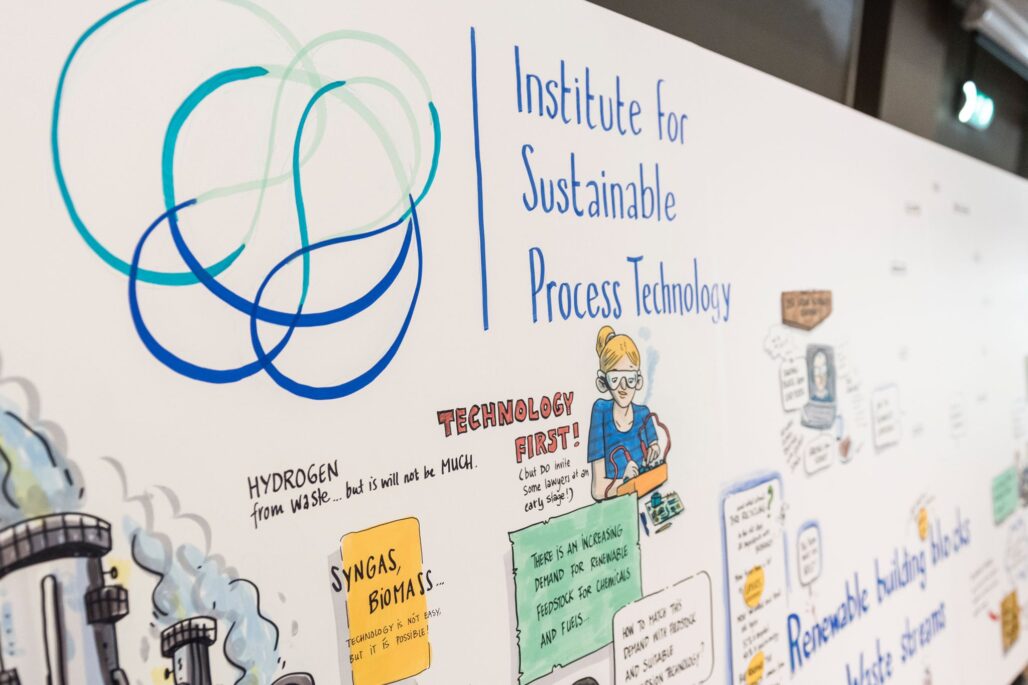Last week ISPT hosted the Problem Solving and Matchmaking event: Building Blocks from Waste. Collaboration on converting waste streams is highly needed to get joint forces to create volume, to tackle technological and regulatory hurdles and meet the stringent market requirements. The event brought together residual stream owners, technology suppliers, the market for products from waste stream conversion ánd the experts in possible feedstock-process combinations from physical and thermodynamic perspectives.
The inspiring Building Blocks from Waste event has taught us one thing: the era of waste will end soon. This is stimulated by raw material shortages, increasing energy and raw material prices and accompanying sustainability ojectives. The event also revealed many relevant technologies and insights for converting waste streams into feedstock.
Converting waste streams: a bumpy road
There is high competition for end-uses, stimulated by high energy and raw material prices, policy incentives (e.g. renewable energy) and presence of absence of alternative renewable sources. Prioritizing between end uses or conversion technologies cannot and should not be done, as all new insights and technologies will be needed.

Common objectives on converting waste streams
We concluded the following common objectives and challenges:
- It is preferred to keep the functionality of the molecules whenever this is feasible from technical, financial and logistical point of view (i.e. don’t break down to too small building molecules when not needed)
- Keep the carbon in the material loop either via sugars, pyrolysis oil, (bi)carbon or syngas
- End applications set stringent requirements to the purity of the components produced: further research and cooperation is needed towards advanced separation and purification processes
- Cooperation is needed to get sufficient volume for feasible conversion processes
- Only a combination of technologies will lead to building blocks of sufficient quantity and quality that are competitively priced
